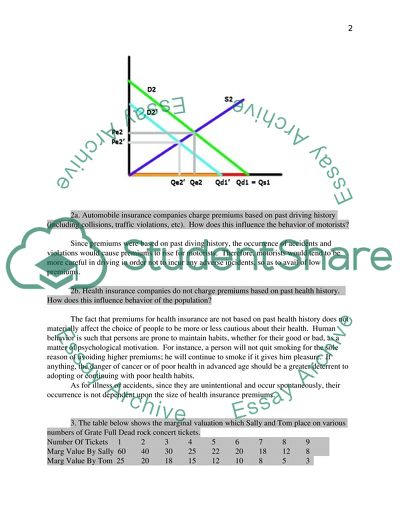Cite this document
(Microeconomics Short Solutions Assignment Example | Topics and Well Written Essays - 2500 words, n.d.)
Microeconomics Short Solutions Assignment Example | Topics and Well Written Essays - 2500 words. https://studentshare.org/macro-microeconomics/1727974-mirco-economics-short-answer-questions
Microeconomics Short Solutions Assignment Example | Topics and Well Written Essays - 2500 words. https://studentshare.org/macro-microeconomics/1727974-mirco-economics-short-answer-questions
(Microeconomics Short Solutions Assignment Example | Topics and Well Written Essays - 2500 Words)
Microeconomics Short Solutions Assignment Example | Topics and Well Written Essays - 2500 Words. https://studentshare.org/macro-microeconomics/1727974-mirco-economics-short-answer-questions.
Microeconomics Short Solutions Assignment Example | Topics and Well Written Essays - 2500 Words. https://studentshare.org/macro-microeconomics/1727974-mirco-economics-short-answer-questions.
“Microeconomics Short Solutions Assignment Example | Topics and Well Written Essays - 2500 Words”. https://studentshare.org/macro-microeconomics/1727974-mirco-economics-short-answer-questions.


